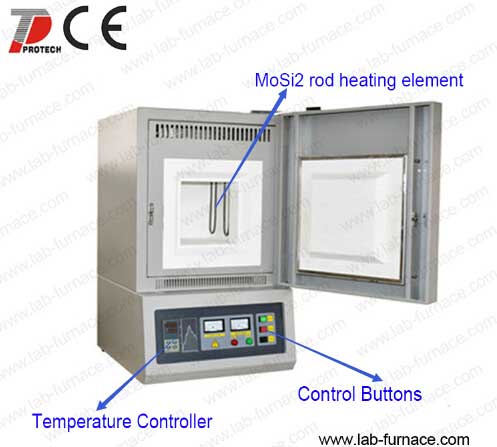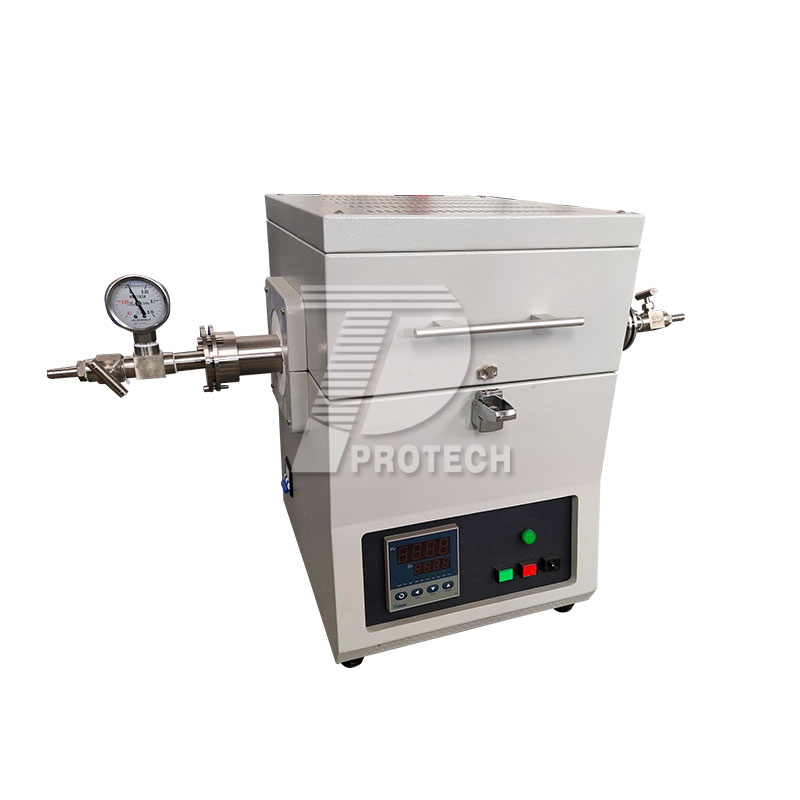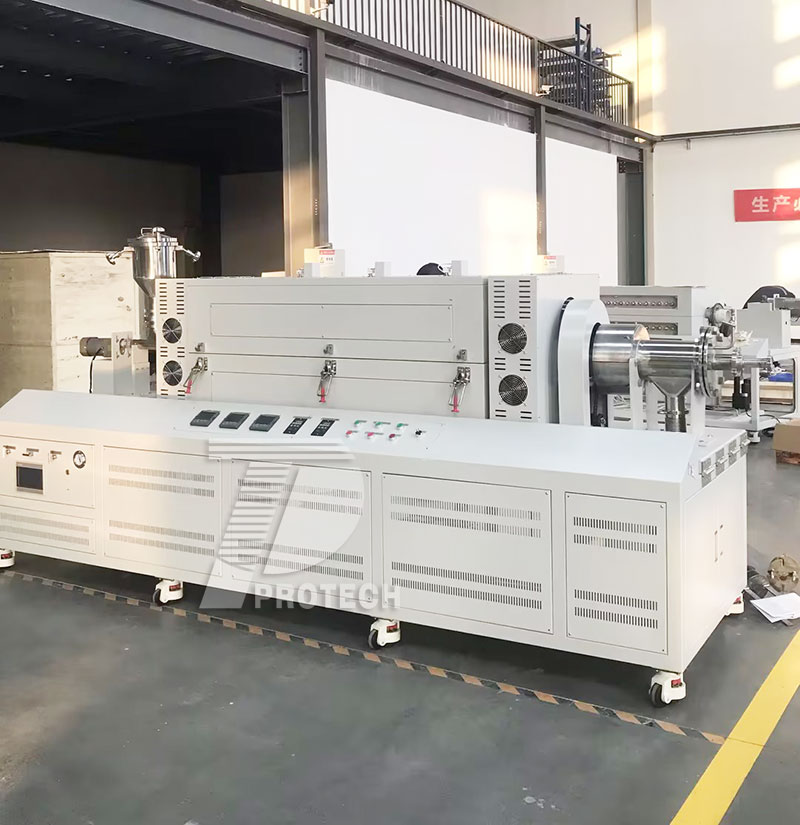


NEWS
When we are choosing experimental heat treatment equipment, we always struggle with whether to use a tube furnace or a muffle furnace. So, what are the differences between a tube furnace and a muffle furnace? Which type of heat treatment is suitable for them? Let's take a detailed look below!
1. Structural Design
Tube furnace: with a tubular structure, the core component is a quartz, corundum or metal heating tube, and the sample is usually placed inside the tube. The two ends of the heating tube can be sealed or connected to gas pipelines, making it convenient to introduce inert gas or reactive gas. This design makes tube furnaces very popular in experimental scenarios that require controlled atmosphere.
Muffle furnace: It is a closed box with a heating chamber inside, and the sample is directly placed inside the chamber for heating. Its structure is relatively simple, without complex pipeline design, so maintenance and use are relatively more convenient.

A commonly used small-scale experimental muffle furnace (click on the image to view product details)
2. Usage comparison
Tube furnace: mainly used in scenarios that require precise control of experimental conditions, such as material sintering, chemical vapor deposition (CVD), etc. Due to the ability to introduce specific gases, tube furnaces are highly suitable for experiments conducted in inert gas (such as nitrogen, argon) or reactive gas (such as hydrogen, oxygen) environments.
Muffle furnace: more suitable for conventional high-temperature treatment experiments, such as ashing experiments (to determine the ash content in the sample), annealing treatment, ceramic sintering, metal heat treatment, etc. The heating chamber of the muffle furnace is relatively large, suitable for processing multiple samples at once, and therefore widely used in industrial production.
3. Heating method
Tube furnace: using indirect heating method to indirectly heat the sample through heating tubes. This heating method ensures uniform heat distribution and high temperature control accuracy, making it very suitable for experiments with small batch samples.
Muffle furnace: It directly heats the chamber, and the sample is heated inside the chamber. Due to the large cavity space, it is suitable for processing multiple samples at once, but the temperature uniformity may be slightly inferior to that of a tube furnace.

A commonly used experimental tube furnace (click on the image to view product details)
4. Sample processing capacity
Tube furnace: Due to limited heating tube space, it is more suitable for processing small amounts of samples.
Muffle furnace: With a larger heating chamber, it is suitable for processing multiple samples at once, resulting in higher efficiency.
5. Other characteristics
Tube furnace: The air tightness is relatively good. If there are high requirements for vacuum degree and air tightness in the experiment, tube furnace is a better choice. In addition, the tube furnace also has the advantages of mature technology, simple furnace structure, easy operation, easy control, and continuous production.
Muffle furnace: The operation process is relatively simple, and the temperature range is also wide, with a maximum temperature of 1600 ℃ or even higher. The muffle furnace also has the characteristics of beauty, simple operation, and strong applicability, and is widely used in multiple industries and departments.
6. Choose Suggestions
If precise control of experimental conditions, handling of small amounts of samples, or control of experimental atmosphere is required, a tube furnace is a better choice.
If a large number of samples need to be processed, routine high-temperature treatment experiments need to be conducted, or there is no need to control the experimental atmosphere, a muffle furnace is more suitable.

Pilot scale rotating inclined tube furnace (click on the image to view product details)
So before choosing a tube furnace or muffle furnace, it is recommended to consult with technical personnel and communicate your needs in order to select the furnace type that is more suitable for you!Click to learn more muffle furnaces! Or Click to learn more tube furnaces! Or click on online customer service to learn more about product information!
Leave A Message